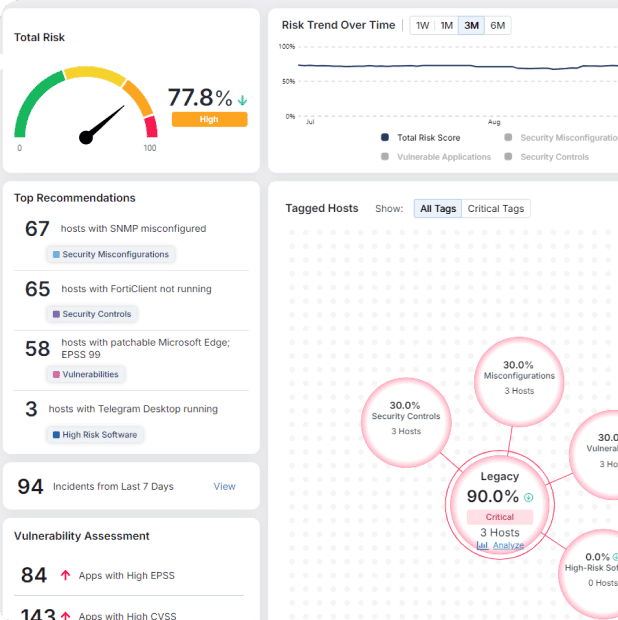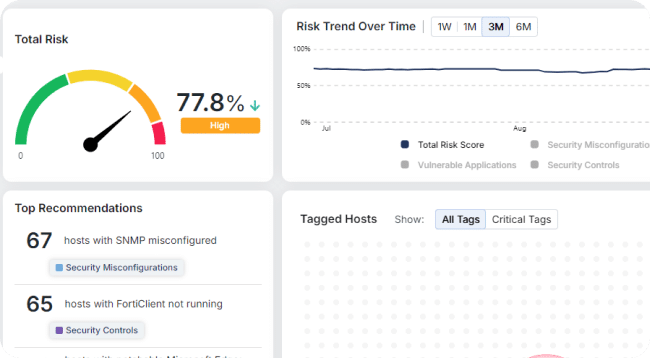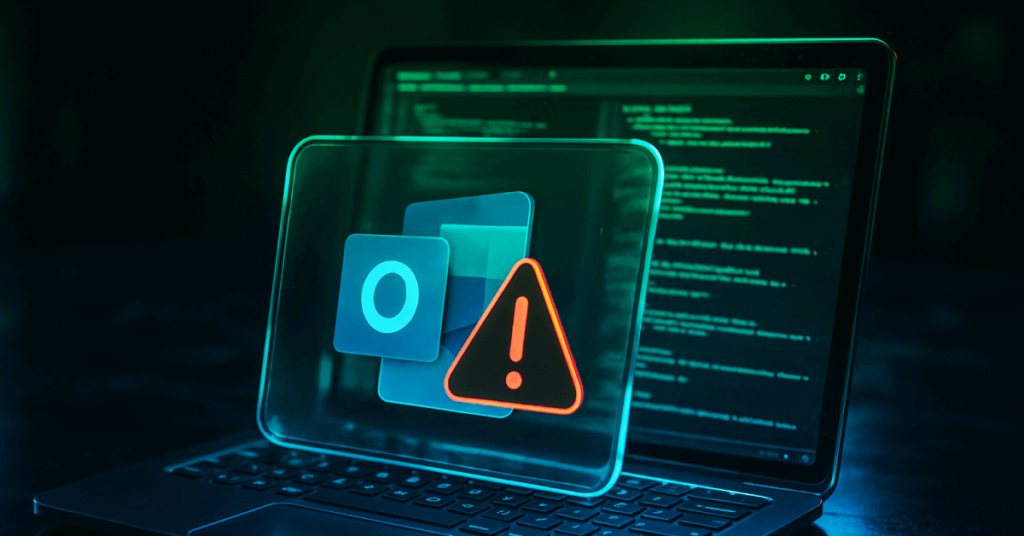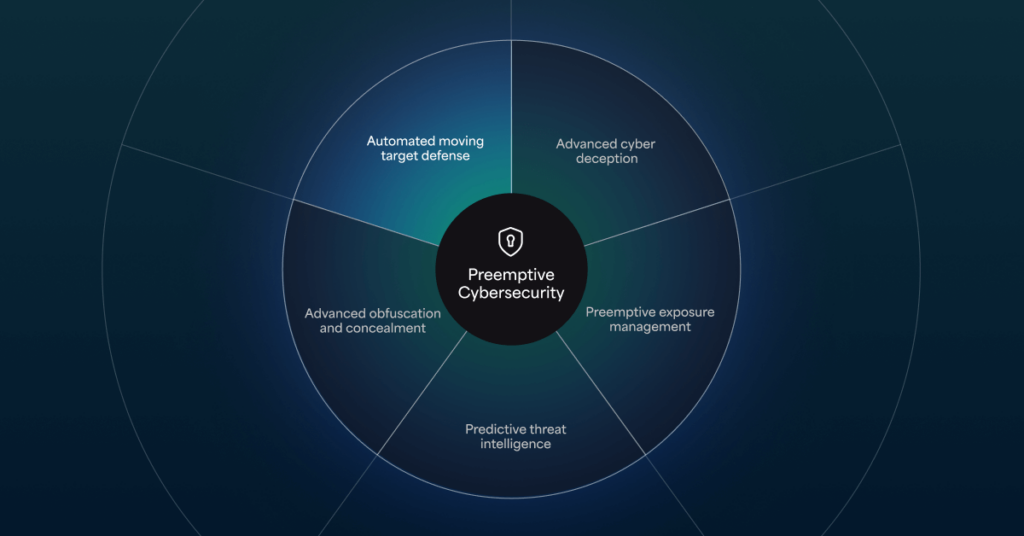Using Annual Loss Expectancy for Cybersecurity Tech Investment Planning

Ensuring and maintaining a robust defense-in-depth strategy requires new technology investments, especially as many standard detection and response technologies can’t stop ransomware and the evasive and sophisticated techniques attackers are commonly using.
As a cybersecurity leader, you operate in a reality where resources and budgets are always constrained. You may find that now, you’re not only having to justify the security benefits of new technologies, but also need to create a business case that demonstrates a positive ROI on the investments.
This blog post provides an overview of the concept of Annual Loss Expectancy (ALE) and how it supports cybersecurity tech investment planning. For an in-depth review, download “Cybersecurity Tech Investment Planning: Using Annual Loss Expectancy to Build a Business Case.”
Justifying Cybersecurity Technology Investments
Security leaders face purchasing barriers that go beyond technical vetting; they must create a business case that justifies the spend, defines the likelihood of a breach event occurring, and how the investment provides a positive ROI in mitigating the exposure of the organization to ransomware and data breach incidents.
According to Gartner, IT budgets are growing, especially when it comes to software and IT services, which in 2024 are projected to increase by 13.7% and 8.8%, respectively, yet the way teams select and purchase technology is changing.
For example, decision-by-committee processes are growing in popularity, changing procurement and technology evaluation processes, and introducing new requirements.
According to the IBM Cost of a Data Breach Report 2023, the average cost of a data breach rose to $4.45 million, and in 2023, 83% of surveyed organizations had experienced more than one data breach. While data breaches vary in scope and scale, so do recovery costs. These costs include everything from service outages, system downtime, financial loss, compliance fines and legal expenses.
Despite the risks, business-minded stakeholders still are skeptical of these “global” breach probabilities since they do not reflect the potential risk of their organization. Metrics and standardized tools can provide a quantitative measure to evaluate the investment in new technologies while balancing it against anticipated risk.
Understanding Annual Loss Expectancy
Annual Loss Expectancy (ALE), also known as Annualized Loss Expectancy, is a standard actuarial tool in risk assessment exercises. It’s increasingly finding importance in cybersecurity investment decision making. It can also be used to construct a business case for specific technology investments, particularly if business-based stakeholders perceive potential technology overlap or redundancy.
ALE is a quantitative metric used to estimate the financial impact of a potential security investment over a particular period of time. This formula assesses and prioritizes security risks by providing a monetary value that represents the expected annual cost of specific security incidents.
ALE = ARO x SLE
Where:
- ALE is the Annual Loss Expectancy
- ARO is the Annual Rate of Occurrence, which represents the estimated frequency of a particular type of security incident occurring throughout the year
- SLE is the Single Loss Expectancy, which represents the estimated financial loss resulting from a single occurrence of a security incident.
- SLE is derived from: SLE = AV (Assets Value) X EF (Exposure Factor), exhibiting the expected loss of an asset from a single security incident.
While simple in theory, in this scenario ALE must consider your organization’s risk tolerance and profile and quantify risk in the event of a breach. Considerations include the cost of certain risk scenarios and the likelihood of them occurring each year or relevant timeframe with current security controls in place, and additional factors like increasing risks, threat complexity and remediation costs. Download the whitepaper for an in-depth ALE overview.
An enriched ALE calculation takes a business’s risk tolerance and profile into account, quantifying risk in the event of a breach. Considerations include the cost of certain risk scenarios, cost of data breach, and the likelihood of them occurring each year or relevant period with current security controls in place.
How Morphisec Can Help
Morphisec’s Automated Moving Target Defense (AMTD) technology with risk-based vulnerability prioritization protects more than 9 million devices across more than 7,000 organizations, routinely prevents ransomware and highly evasive attacks that bypass leading endpoint protection solutions. The combined capabilities enable organizations to pro-actively reduce threat exposure and apply advanced anti-ransomware and endpoint threat prevention to protect against attempted attacks. exposure and apply advanced anti-ransomware and endpoint threat prevention to protect against attempted attacks.
Morphisec demonstrates positive ROI by:
- Closing security gaps — advanced ransomware and threat prevention add an additional layer of defense to catch threats that existing endpoint protection tools miss while reducing risk exposure.
- Providing risk-based vulnerability prioritization — a capability recognized in the IBM cost of data breach report as a supporting factor for risk reduction.
- Offering defense-in-depth without “expense-in-depth” — the Morphisec platform is easy to install, deploy and operate. It requires no additional headcount to manage and produces negligible performance impact and high-fidelity alerts that prioritize the work of security analysts.
Download the “Cybersecurity Tech Investment Planning: Using Annual Loss Expectancy to Build a Business Case” white paper to:
- Understand and enrich ALE calculations considering additional factors like increasing risks, threat complexity and remediation costs.
- Apply and map ALE for business stakeholders.
- Learn how Morphisec can provide positive ROI when performing ALE calculations while also helping customers realize advantages and loss avoidance through automated prevention and risk-based vulnerability prioritization.
Stay up-to-date
Get the latest resources, news, and threat research delivered to your inbox.




















